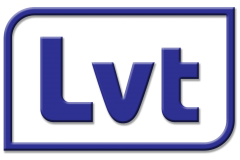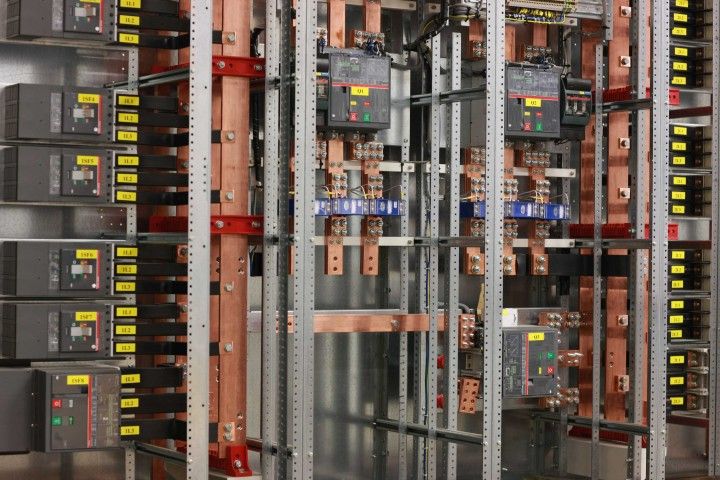Panel type tests or tests required for design verification are tests that guarantee reliability and safety. In order to show that the design meets the rules of the relevant panel standard, type tests on a panel sample or sections of the panels are performed in independent laboratories accredited in TS EN 61439 series standards.
The importance of panel type tests shows how durable and long-lasting the panel is against the difficulties it may encounter in the operating conditions in which it is installed. If there are special operating conditions, the user should inform the panel manufacturer.
Special operating conditions include:
- Exceptional overvoltage conditions or voltage fluctuations,
- Excessive harmonics in supply voltage or load current.
- Exposure to extreme climatic conditions,
- Exposure to strong electric or magnetic fields
- Heavy air pollution by dust, smoke, corrosive or radioactive particles, vapors or salt,
- Applications where changes in temperature and/or air pressure occur at a rate where exceptional condensation is prone to form on the inside of the enclosure,
- Exposure to heavy vibration, impacts and seismic events,
Panels to be type tested must be clean and in new condition. It is beneficial for the success of the tests for the panel manufacturer to design the panels by taking into account the characteristics such as IP characteristics, insulation distances, thermal power losses, short circuit stresses, mechanical strength, before having the type tests of the panels they designed. If a housing certified in the 62208 standard is to be used, some tests to be made according to the 61439 standard are exempted. Before starting the type tests, the panel manufacturer has to share the technical drawings, material list and declaration values with the laboratory. Type tests are carried out on these technical values and a report is prepared for the test sample delivered to the laboratory as a result of successful tests. Panels that have successfully completed type tests have fulfilled the requirements of the standard and can be used as a reference design. Design verification can be made on other panels defined by the standard by comparing it with the reference design on the panel that has completed the type test by the panel manufacturer.

